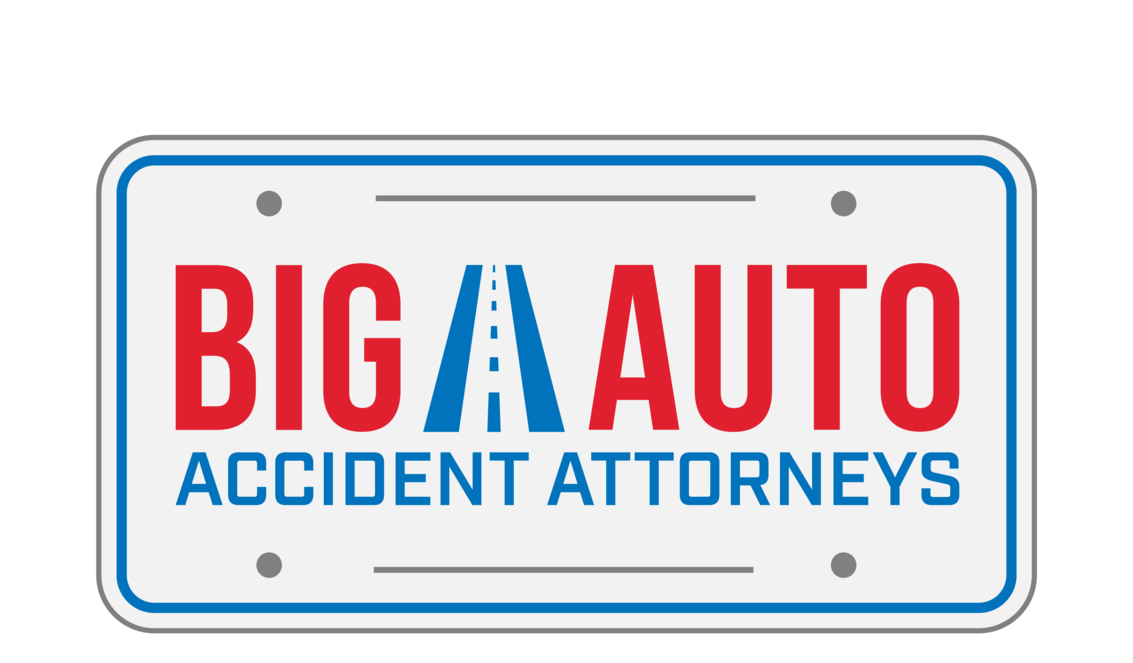How Much Is Pain and Suffering Worth in a Car Accident?
FREE CASE REVIEW FREE CASE REVIEW ⟶
Life changes in an instant in the wake of a car accident. Emergency room visits, therapy, medical bills and months of physical and emotional distress can follow a severe crash. Being on the receiving end of such distress, you may find yourself full of questions regarding what you should do next.
Compensation is possible for the pain and suffering caused by a car accident. People injured in crashes across the U.S. receive an average payout of $23,234 each year. However, what you could be entitled to may be unclear if you’re unfamiliar with the laws in your state.
Find out what counts as pain and suffering and how you can prove it to get what you deserve for your injuries.
What Is Pain and Suffering?
Pain and suffering is defined as the physical and emotional issues that a person faces as a result of a car accident. These are noneconomic damages that result in a significant negative impact on the victim’s quality of life.
The physical aspect of pain and suffering are personal injuries following a car accident, usually due to someone else’s negligence. The pain may differ in severity and can either be temporary or permanent. Some examples include back or neck pain, traumatic brain injury, or internal organ damage.
Meanwhile, the emotional aspect of pain and suffering is the severe mental and psychological distress resulting from the accident itself or the injury from the accident. These can also be either temporary or permanent. Some examples include PTSD, cognitive changes from a head injury, or a diminished quality of life.
Pain and suffering may also include loss of consortium, which is experienced by the family members following the death of their loved one. They can receive damages for medical bills, lost wages of the deceased and loss of consortium.
How Is Pain and Suffering Calculated?
The problem with pain and suffering is that it is not easy to quantify. There are many factors to account for and every case is different, so it’s hard to place a value on it.
Your personal injury lawyer, insurance company or the courts will look at all the available evidence to determine the monetary worth of your pain and suffering. They usually assume that injuries that require a greater amount of medical treatment or a greater length of recovery time cause more pain and suffering and are therefore worth more money. If you do not seek medical treatment at all, an insurance company is likely to see the injury as less impactful and attach less value to the claim.
The two most common calculation methods are the multiplier method and the per diem method.
Multiplier Method
This method takes the total cost of your damages – including medical bills, lost wages and more – and multiplies them by a number that depends on the severity of the accident and your injuries. The multiplier value is usually between one to five and can depend on factors such as the severity of your injuries, your prospects for recovery and the clarity of the fault for the car accident.
Per Diem Method
A less common but still likely method for calculating pain and suffering is the per diem method. This method assigns a specific dollar value to each day between the day of the accident to the day you reach maximum medical recovery or when a medical professional does not expect your condition to improve any further.
Calculation Adjustments
It is important to note that no matter what calculation method is used, there are certain factors that may cause the insurance company or other entity calculating the pain and suffering value to make adjustments that increase or decrease your total. These may include:
- Permanent effects that result from your injury
- Length of the recovery period
- Consistency among the injuries and claims
- Presence of a criminal record
Pain and suffering calculations are overall subjective and may vary depending on who is doing the calculation. Seek second opinions where possible and always negotiate the final value if you feel the offer is lower than what you deserve.
What Are the Pain and Suffering Rules in Arizona?
Different states may have their own requirements for receiving compensation for pain and suffering such as an imposed statute of limitations on when you can file a claim or a cap on the amount of money you can receive. Arizona has its own rules.
For one thing, the state uses the pure comparative fault rule. This means that you can receive an amount for pain and suffering even if you are 99% at fault for your injuries but you cannot recover losses for intentionally causing your own injury.
There is no state-imposed cap on the amount of money you can receive from pain and suffering in Arizona. However, there is a time limit on when you can file a claim. The state requires personal injury claims to be filed within two years of the incident.
What Do You Need to Do to Get Compensated?
So, you’ve been involved in a car accident and think you have a case to receive a payout for pain and suffering. How can you make sure you get the most for your situation?
The first step is to file a claim with your insurance company. It is important to initiate your claim as soon as possible so that the insurance sees the urgency in your case.
It is usually a good idea to hire a qualified attorney as well. An experienced personal injury attorney who knows the jurisdiction will be skilled at presenting your case and making sure you get a maximum payout.
How do you find an attorney? While you can general search online, to get more refined results it may be more efficient to use your state bar website for attorney directories or referral service. A county-level bar association is also a good place to look to find someone local as well as experienced in your situation.
An attorney plays a big role in your claim. At the very least they can help negotiate with your insurance by explaining the merits of your case or sending a demand letter that will help reach a settlement. In other cases, you’ll need to file a lawsuit and the attorney can take the reigns in arguing your case so that you get the highest amount possible for your pain and suffering.
A pain and suffering case is nothing without the right evidence. Insurance companies will always try to downplay pain and suffering to minimize the amount they have to pay so in all cases, the more proof you have, the better chance of getting more money. Some examples of documents you can provide include:
- Doctor’s notes
- Photos
- Personal journals
- Medical evidence
- Therapist or mental health counselor’s notes
- Witness statements
No matter what you provide, it is important to be specific with your evidence and to be thorough. Show how your life has been impacted and the devastating effects of the accident. Your attorney will also help you compile the right kind of evidence that will resonate with whoever is hearing your case.
Get Compensated for Your Pain and Suffering
The impact of a car accident can be devastating to your physical and mental health. The bright side is that all of it doesn’t have to be for nothing; it is possible to get a substantial amount of money for pain and suffering by taking the right steps.
If you’ve been injured in a car accident, don’t wait. Start compiling documentation that supports your situation, contact us to find a good attorney near you and file a claim.


